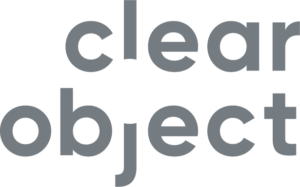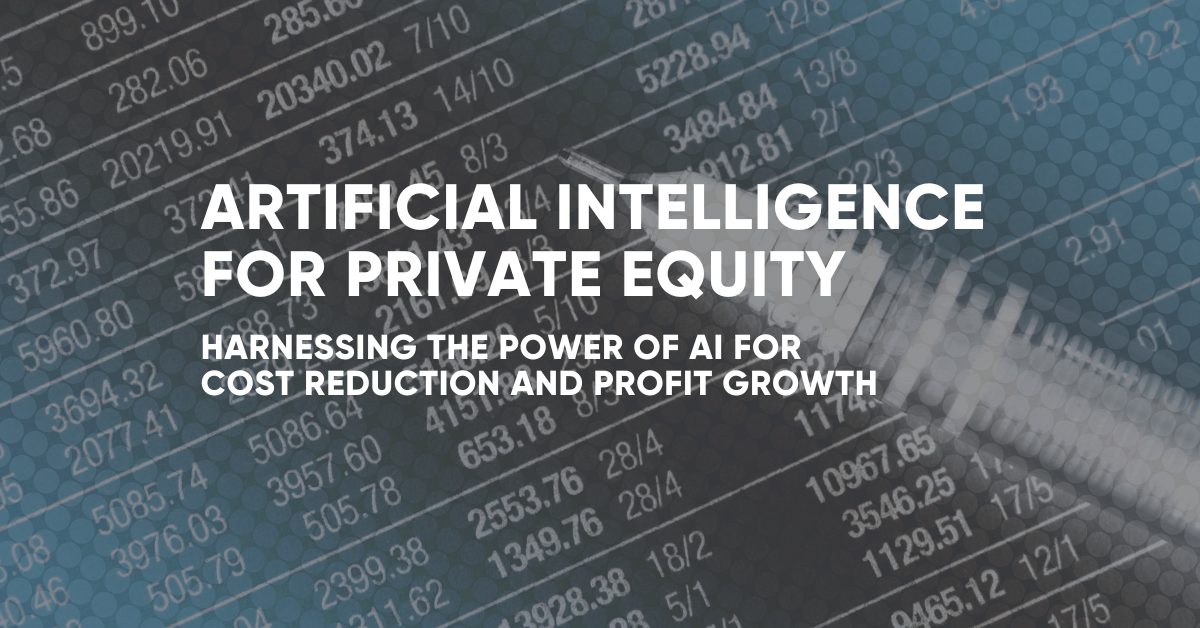Private Equity (PE) firms have always been focused on maximizing returns for their investors. In a highly competitive marketplace, it’s essential to find innovative ways to improve the performance of portfolio companies. In today’s digital age, the integration of cutting-edge technologies like Vision AI can offer a game-changing advantage. By leveraging these advanced technologies, PE firms can help their portfolio companies cut costs, increase efficiency, and ultimately drive profits. Let’s explore how Vision AI can revolutionize the manufacturing and retail industries.

Vision AI for Improved Efficiency
Vision AI, also known as computer vision, is a transformative technology that can benefit private equity portfolio companies by optimizing efficiency and cutting costs. Vision AI is the technology behind image and video analysis, enabling machines to understand and interpret visual data. Here’s how Vision AI can be harnessed for portfolio companies:
Supply Chain Optimization: Vision AI can be used to monitor and optimize the supply chain, tracking the movement of goods in real-time. It can identify bottlenecks, predict demand, and even detect defects in products, reducing waste and ensuring smooth operations.
Quality Control: In manufacturing and other industries, maintaining product quality is paramount. Vision AI can inspect products with exceptional precision, identifying defects or deviations from the desired quality standards. This minimizes waste and improves product consistency.
Read how ClearObject helped one Manufacturer move towards a lights-out facility while increasing quality, reducing waste, and improving safety.
In the retail sector, Vision AI can analyze customer behavior in physical stores or online. This data can be used to improve store layouts, create personalized shopping experiences, and optimize marketing campaigns, ultimately boosting sales and customer satisfaction. ClearObject Vision AI systems are already helping retailers keep facilities clean, reduce shrinkage, and improve customer experiences.

AI-Driven Cost Reduction
Private equity firms are always looking for ways to cut costs and improve the profitability of their portfolio companies. AI-driven solutions, including both Generative AI and Vision AI, offer a range of opportunities for cost reduction:
Labor Cost Savings: Automating tasks and processes that were previously carried out by human workers can lead to significant labor cost savings. For example, customer service chatbots powered by Generative AI can handle a high volume of inquiries without the need for a large customer support team.
Energy Efficiency: Vision AI can help portfolio companies improve energy efficiency by monitoring and optimizing heating, cooling, and lighting systems. This can lead to substantial savings on utility bills while reducing the company’s carbon footprint.
Predictive Maintenance: Vision AI can detect potential equipment failures or maintenance needs in real-time. This proactive approach prevents costly downtime, extends the lifespan of machinery, and reduces the need for emergency repairs.
Driving Profit Growth
Ultimately, private equity firms are seeking to drive profit growth for their portfolio companies. Generative AI and Vision AI can play a pivotal role in achieving this goal:
Data-Driven Decision-Making: Generative AI provides data-driven insights that can inform strategic decisions, such as product development, market expansion, or cost-cutting measures. By making informed decisions, portfolio companies can position themselves for growth.
Enhanced Customer Experiences: Vision AI can personalize customer experiences and improve product recommendations, driving higher sales and customer retention. Happy customers are more likely to become repeat buyers and brand advocates.
Market Forecasting: Generative AI can analyze market data and predict trends, enabling portfolio companies to adapt their strategies proactively. By staying ahead of the competition, companies can capture new market opportunities and grow their market share.

Getting Started with AI
Working with portfolio companies to implement AI solutions may seem like a daunting task, but it doesn’t need to be. The right partner can help build and launch effective solutions for each firm based on your goals. Here are some tips to get started.
Identify the right partner: It seems like every company is trying to launch AI solutions these days. Other companies, like ClearObject, have been investing in AI for years and have an established track record of developing bespoke solutions for enterprises. Look for a company that has a history of successfully developing, launching, and scaling AI solutions.
Target the right use cases: While your portfolio of companies may have many similarities, AI solutions are not one-size-fits-all. Find a partner that will listen to the needs of your businesses and help identify the highest ROI solutions for your unique needs. A great way to do this is through an AI Discovery Workshop where teams can explore possible solutions, understand the benefits, risks, and investments, and determine the best way forward.
Don’t forget Change Management: Decades of movies like The Terminator, Alien, The Matrix, and Minority Report have made many workers wary of what AI can bring, in some cases rightfully so. Putting together the right way to launch AI to your teams takes experience and expertise.
Vision AI and Generative AI are both powerful tools that private equity firms can leverage to help their portfolio companies cut costs, increase efficiency, and drive profits. By automating tasks, streamlining operations, optimizing processes, and making data-driven decisions, these advanced technologies offer a competitive edge in today’s fast-paced business landscape.
Private equity firms that invest in these technologies and support their portfolio companies in adopting them can achieve greater success and deliver stronger returns to their investors. In the ever-evolving landscape of private equity, the integration of Artificial Intelligence is not just an option but a necessity for those looking to stay ahead of the curve and maximize the potential of their portfolio companies.

